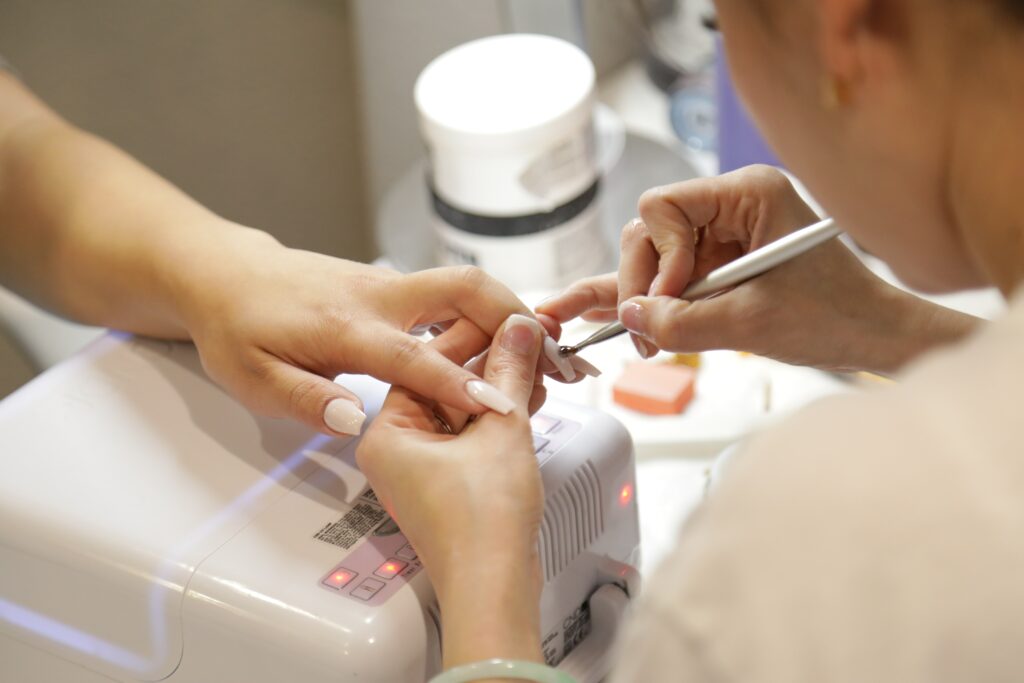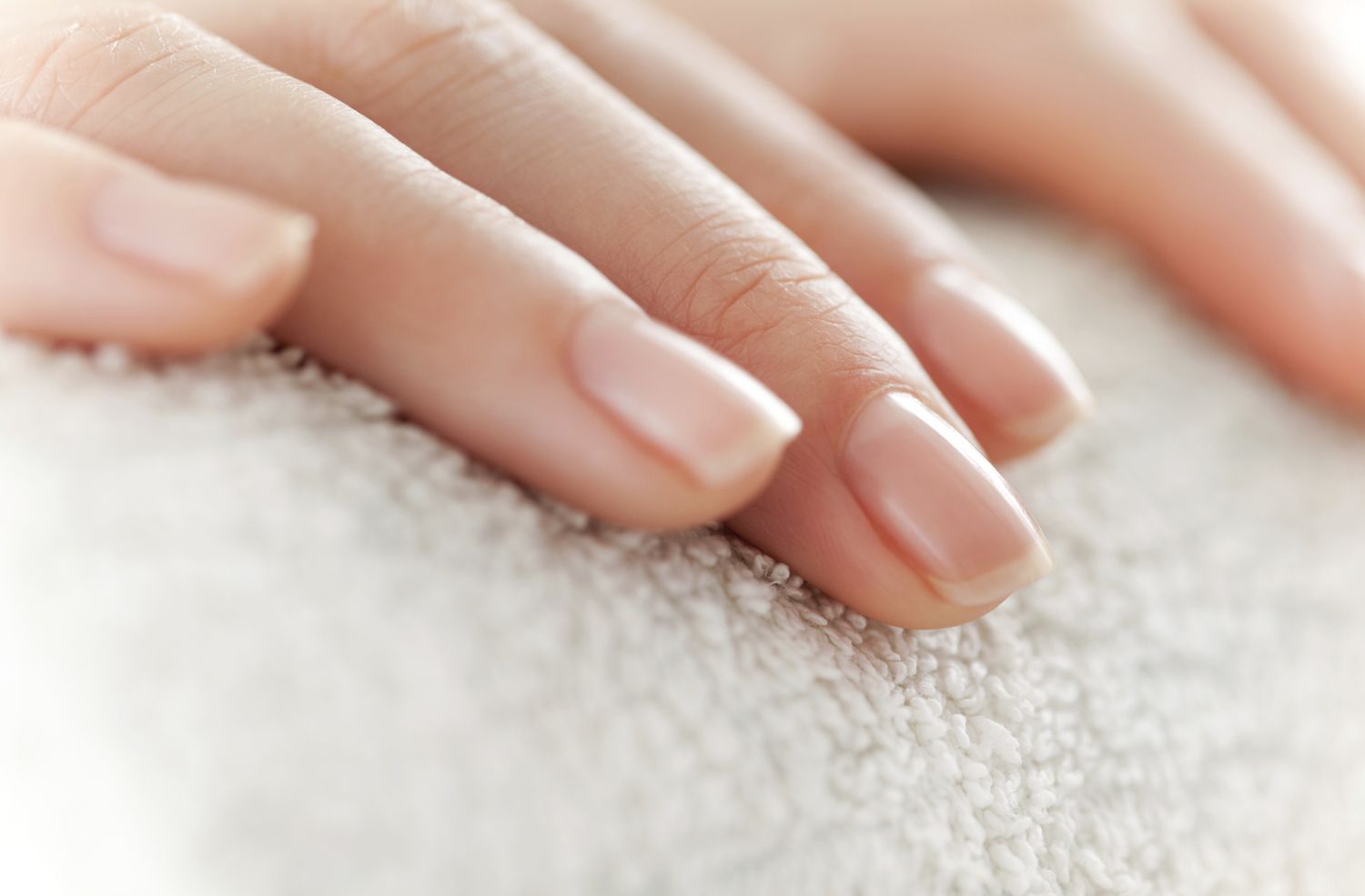If you have weak or damaged nails, it can feel like a never-ending struggle to prevent them from breaking. Although frequent manicures or DIY nail care may appear to be the answer to preserving the appearance and well-being of your nails, they could actually be causing more harm than good, particularly if your nails are visibly weak.
Jaimie DeRosa, MD, a double board-certified facial plastic surgeon, explains that “the products you use to paint your nails can also contribute to nail weakening. Gel nail polish and acrylic nails, as well as acetone-based nail polish remover, can damage the nails.”
While it may not be what you want to hear if you’re a frequent visitor to the nail salon, the positive news is that if you’ve observed your nails becoming weaker, there are steps you can take to fortify them and avoid additional harm.
Reasons for weak nails

According to Dr. DeRosa, there are several behaviors that can lead to weakened or damaged nails. “Frequent hand-washing or excessive use of alcohol-based hand sanitizers can dehydrate the nails and render them fragile,” she states.
Continually applying gel or acrylics to your nails at a salon can also be detrimental to your health. Dr. Hadley King, a board-certified medical and cosmetic dermatologist explains that “acrylic and gel nails can prevent water evaporation from the nail, leading to excessive hydration of the nail bed and increasing the likelihood of separation from the nail plate.” In this case, taking a short break from acrylics or gel manicures every few weeks may benefit your nails.
During the winter months, you may also notice that your nails are weaker. This is due to the fact that your hands are exposed to frigid temperatures and extremely cold weather, which can have an adverse impact on your nails.
Signs you have damaged nails
The indications of nail damage can differ, but it’s essential to be vigilant for the following symptoms:
- Discoloration (white or dark spots/streaks)
- Irregular nail thickness (either too thick or thin)
- Deformity in nail shape (nail curling)
- Peeling or splitting nails
- “Your nails should have a smooth surface, devoid of pits or horizontal ridges,” explains Dr. DeRosa. It’s essential to note that vertical ridges in nails, which are more common with aging, are normal and shouldn’t be a cause for concern.
How to actually strengthen your nails
Dr. DeRosa suggests several things you can do to make your nails stronger.
- Firstly, limit the amount of time your nails are soaking in water. Wearing gloves while washing dishes or cleaning can help.
- Keeping your nails trimmed: Keeping your nails trimmed and filed regularly can reduce the chance of a sharp edge or snags that can break the nail.
- Moisturizing: Frequent use of hand lotion and moisturizers can help prevent nails from drying out. Make sure to rub lotion into your fingernails and cuticles, or use nail or cuticle oil.
- Using non-toxic polish: Look for polishes that are labeled “3-free”, “5-free”, or “7-free” as they do not contain harmful ingredients. Avoid gel polish and use an undercoat and overcoat containing nail hardener to strengthen nails.
- Taking a break from polish and acrylic: Dr. DeRosa recommends taking a break from polish and acrylic nails occasionally. Avoid biting your nails or picking at your cuticles.
- Reassessing your diet: Eat foods that are rich in nutrients and vitamins that help nail growth, such as calcium, protein, vitamin C, biotin (vitamin B7), and vitamin E. You can also consider taking supplements, such as Biosil Liquid Capsules, which contain choline-stabilized orthosilicic acid that stimulates the production of collagen, elastin, and keratin. Biosil can also help improve blood flow under the nail plate to support nail growth.



